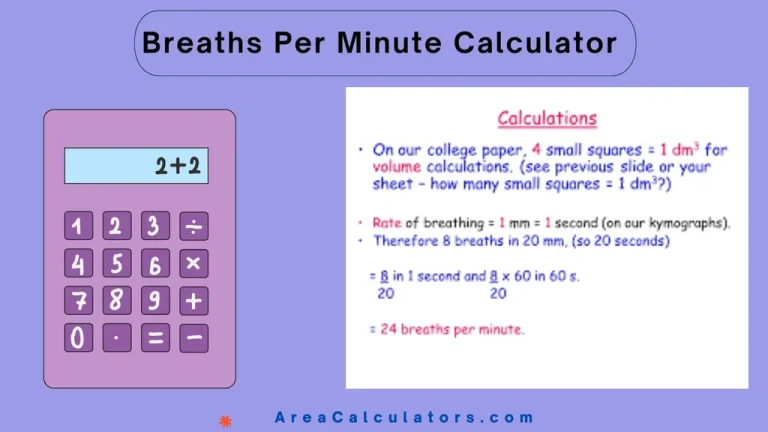Electrostatic Potential Energy Calculator
To calculate electrostatic potential energy, multiply the Coulomb constant (k) by the product of two charges and divide by the distance between them.
The Electrostatic Potential Energy Calculator can effortlessly find the potential energy stored in a system of two charges due to their positions. This tool is vital for understanding interactions between charged particles, making it useful in physics, electrical engineering, and electrochemistry.
Whether you’re studying point charges, calculating energy differences, or applying the law of conservation of energy, this calculator simplifies complex computations. With step-by-step results, you can use it for academic learning or solving practical problems.
Formula
Ue = k ∗ q1 ∗ q2 / r
| Variable | Description |
|---|---|
| Ue | Electrostatic potential energy (in Joules) |
| k | Coulomb constant (8.99 × 10⁹ N·m²/C²) |
| q1, q2 | Charges of the two particles (in Coulombs) |
| r | Distance between the charges (in meters) |
Solved Calculations
Example 1:
| Input | Value |
|---|---|
| Charge 1 (q1) | 2 × 10⁻⁶ C |
| Charge 2 (q2) | -3 × 10⁻⁶ C |
| Distance (r) | 0.05 m |
| Formula Used | Ue = (8.99 × 10⁹ ∗ 2 × 10⁻⁶ ∗ -3 × 10⁻⁶) / 0.05 |
| Potential Energy (Ue) | ~ -1.08 J |
Example 2:
| Input | Value |
|---|---|
| Charge 1 (q1) | 1 × 10⁻⁶ C |
| Charge 2 (q2) | 4 × 10⁻⁶ C |
| Distance (r) | 0.1 m |
| Formula Used | Ue = (8.99 × 10⁹ ∗ 1 × 10⁻⁶ ∗ 4 × 10⁻⁶) / 0.1 |
| Potential Energy (Ue) | ~ 0.36 J |
What is the Electrostatic Potential Energy Calculator?
The Electrostatic Potential Energy Calculator is a powerful tool. It is well suited for calculating the energy stored between two or more charged particles due to their electric fields.
It simplifies the process of finding the energy associated with point charges or systems of charges. This is particularly useful in physics, engineering, and electrical applications.
This calculator supports calculations for electric potential energy between charges and works well with related concepts like the law of conservation of energy or the transition from potential to kinetic energy.
It is particularly helpful in visualizing energy changes in systems involving mechanical energy or electric potential differences.
Apart from this, the tool also addresses queries like how to calculate electric potential from an electric field or how to find the electrostatic potential energy for discrete charges. By leveraging this calculator, students and researchers can understand complex systems with precision and ease, often including step-by-step solutions for clarity.
Final Words:
In conclusion, the Electrostatic Potential Energy Calculator simplifies the process of calculating stored energy between charged particles. It is an essential tool for students and professionals working on energy systems or electric fields.




